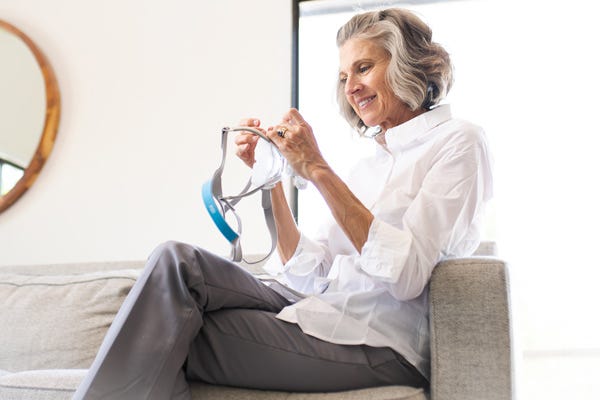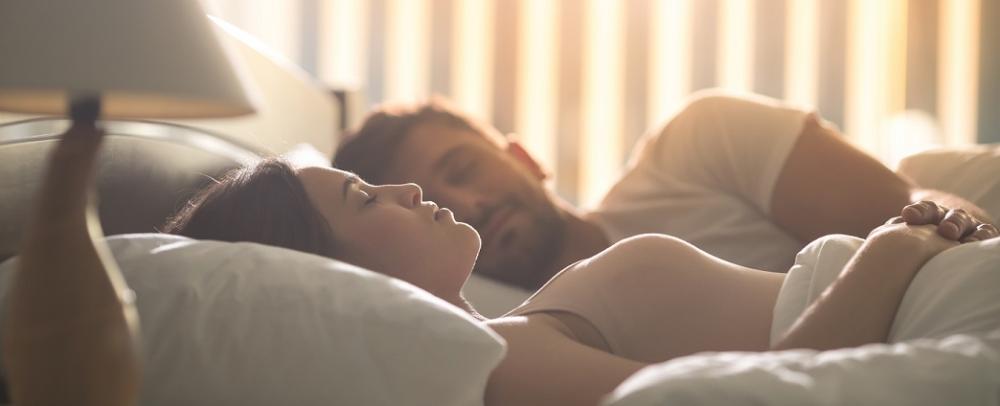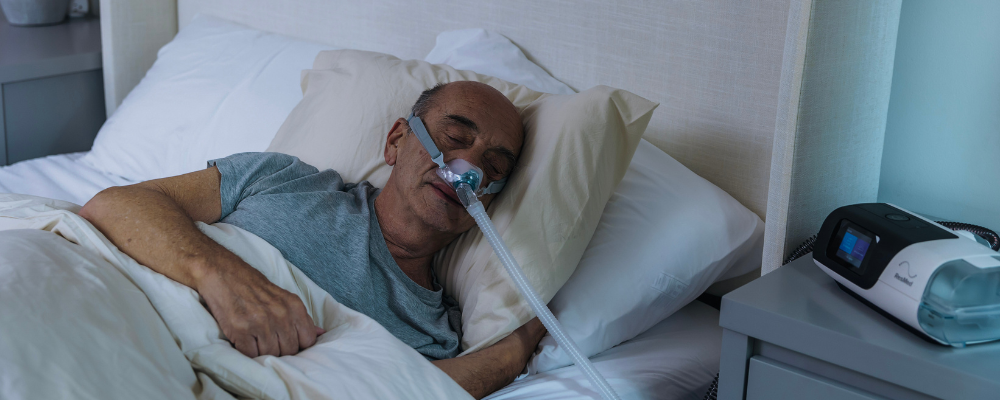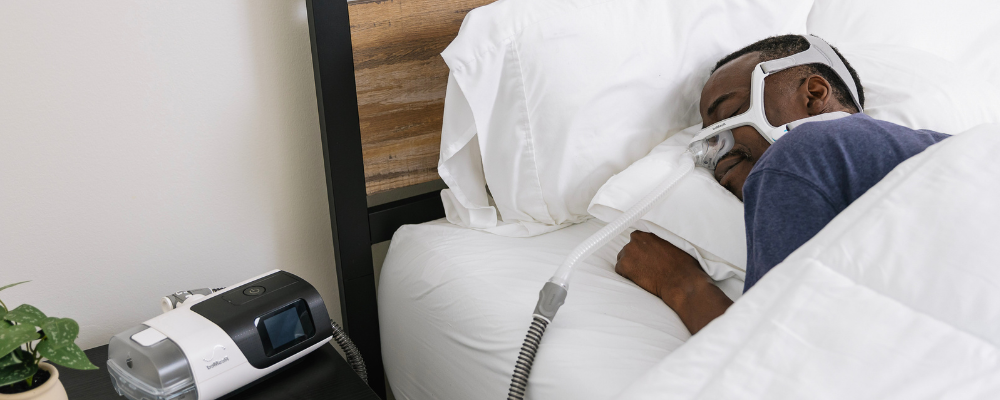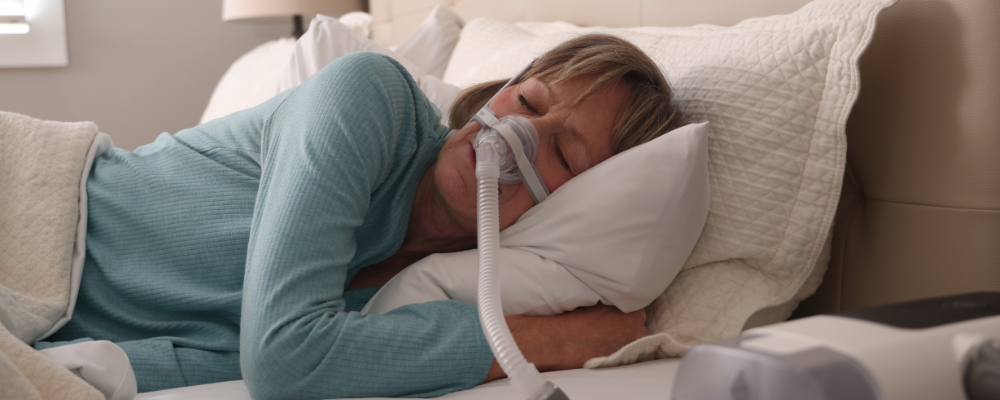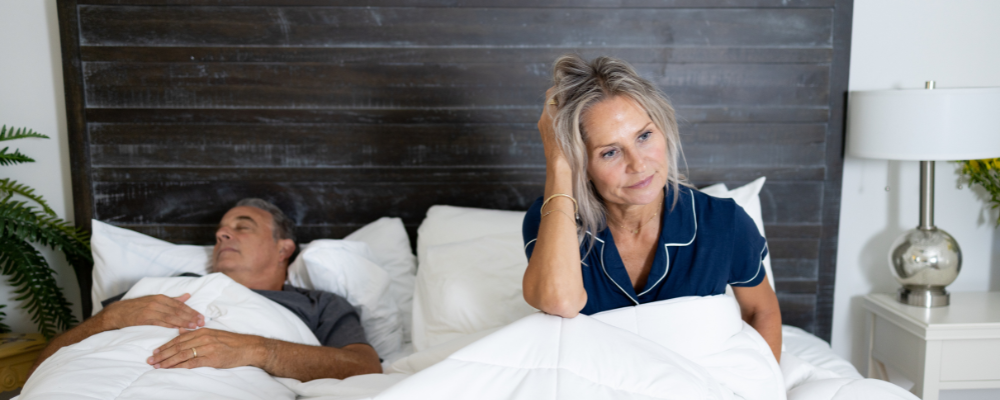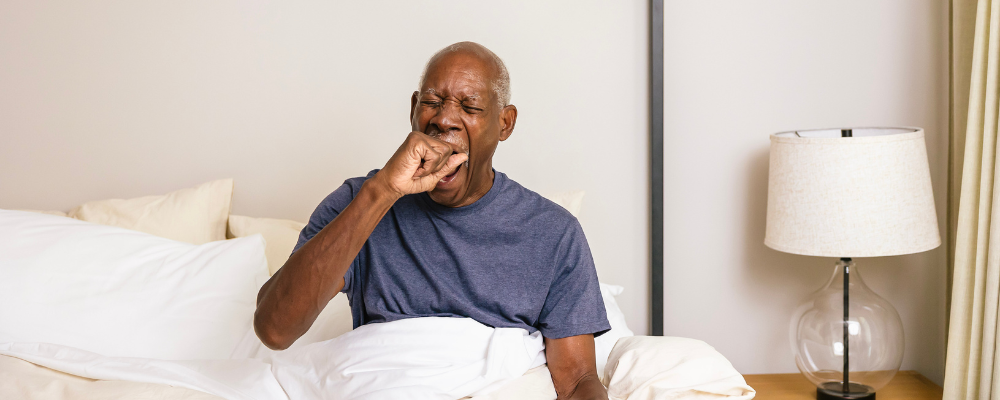If you’ve got sleep apnea, you’ve definitely heard of CPAP, but you may have also encountered some less common terms; like BiPAP and APAP. Many first-time CPAP users are surprised that there’s more than one type of PAP therapy. So, what makes these machines different from a CPAP machine, and who are they for? Today, we’ll focus on BiPAP therapy, the differences of BiPAP vs CPAP, and when to consider BiPAP as a treatment option.
IN THIS ARTICLE:
What Is BiPAP, And When Is It Used?
BiPAP vs CPAP: How Are They Different?
Which One Is Better: CPAP Or BiPAP?
Do I Need a Prescription For A BiPAP Machine?
CPAP SUPPLIES THROUGH INSURANCE:
Aeroflow Sleep is in-network with most primary insurance companies and is accreditted by Medicare and Medicaid. Complete our Qualify Through Insurance Form, and we will automatically check to see if your plan covers CPAP supplies; including a machine, mask, and accessories. ***Must have a sleep study to qualify.***
You will also receive the care and attention every sleep apnea patient deserves; one-on-one clinical support in-home or via telehealth, a dedicated Sleep Specialist you can contact during business hours, and a user-friendly online portal with tailored replacement schedule, important updates and notifications, and educational resources.
Let us take the headache out of healthcare. Join the Aeroflow Sleep family today! It only takes 5-7 minutes to get started.
What Is BiPAP, And When Is It Used?
A BiPAP machine is a type of medical device that uses pressurized air to treat sleep disorders; like sleep apnea. BiPAP stands for “bilevel positive airway pressure,” but you may also see them called bilevel CPAP, BPAP, or even sometimes VPAP; for “variable positive airway pressure,” ResMed’s bilevel technology.
“Bilevel” refers to the machine’s two different pressure settings, which provide a different airflow for when you’re inhaling or exhaling. This makes a BiPAP uniquely effective for people who suffer from heart, lung, or neuromuscular conditions; including:
- Congestive Heart Failure
- Chronic Obstructive Pulmonary Disease (COPD)
- Central Sleep Apnea (CSA)
- Complex Sleep Apnea (or Mixed Sleep Apnea)
A BiPAP machine may also be prescribed for those who have difficulty adjusting to CPAP therapy, or those with severe Obstructive Sleep Apnea (OSA) who may need very high air pressure. If your doctor has recommended a BiPAP based on your sleep study results, ask them about the differences between CPAP or BiPAP. Next, we’ll give you a few ideas to get your conversation started.
BiPAP vs CPAP: How Are They Different?
Although CPAP and BiPAP machines may look identical, and both use many of the same CPAP masks and supplies, they provide airflow in a very different way. CPAP, or “continuous positive airway pressure,” provides a single pressure level that remains steady throughout the night; not two like BiPAP. In fact, your CPAP pressure settings typically won’t change, unless directed by a healthcare professional.
If you’re familiar with Exhalation Pressure Relief, or EPR, it’s important to note that a BiPAP is not the same as this new comfort feature now found in many newer CPAP devices. For comparison, EPR usually reduces pressure up to 3 cm H20 from the original setting. Meanwhile, each setting on a BiPAP can be individually adjusted between 4 and 25 cm H2O.
Note: PAP pressure is measured in centimeters of water pressure, or cm H2O. This refers to how much air pressure is required to raise a column of water by that many centimeters.
Never heard of EPR before? Each manufacturer has its own name for this feature, so you may also see it called something like A-Flex, C-Flex, E-Flex, or SmartFlex. No matter what you call it, this setting only slightly reduces your air pressure when you exhale, making it easier to breathe. While this is similar to how a BiPAP works, the lower EPR pressure will always be based on your original pressure setting. A BiPAP, on the other hand, will have its inhalation and exhalation pressures set individually according to your healthcare needs.
Another difference between CPAP and BiPAP is that BiPAPs often have the ability to prompt your body to take a breath. BiPAPs may switch between pressure levels based on your own breathing pattern, or based on a timed setting. This timed setting allows your doctor to set a minimum number of breaths per minute. This is helpful in treating Central Sleep Apnea (CSA,) a neurological condition where your brain doesn’t properly signal your muscles to take a breath.
Which One Is Better: CPAP Or BiPAP?
Since BiPAP is often recommended for those who have difficulty adjusting to CPAP or have CSA, which is a diagnosis needing more aggressive treatment, it may be tempting to assume BiPAP is the better treatment option. Who wouldn’t want to make it easier to breathe? There are still good reasons to consider both, because what’s inherently better for one patient may not be the same for you.
CPAP therapy is considered the most effective non-invasive treatment for sleep apnea, but the two pressure settings—a higher pressure setting while inhaling (called Inspiratory Positive Airway Pressure or IPAP) and a lower pressure setting (called Expiratory Positive Airway Pressure or EPAP)—make it easier to breathe out against that airflow. This allows for a more natural and comfortable breathing pattern for the aforementioned conditions; OSA, the most common of the 3 types of sleep apnea, not being one of them.
Many people with OSA don’t need a BiPAP machine and will sleep just fine with a regular CPAP. Yet for those who need it, maintaining oxygen levels during sleep is crucial. Your doctor will ultimately want you to benefit from this life-saving treatment, regardless if it’s via a BiPAP, CPAP, or APAP machine.
Is BiPAP The Same As APAP?
At the very beginning, we mentioned another term—APAP, and a BiPAP is not the same as an APAP. APAP stands for “automatic positive airway pressure,” because the APAP machine can automatically adjust your pressure as needed. This is also not the same as EPR, because it is not a comfort setting but a device that can acclimate to any pressure needed to sleep apnea. If there is something that changes in your body to cause more or less apneas (nasal congestion, activating sleeping, weight loss or gain, etc,) the machine will adjust accordingly.
Just like for BiPAP, your doctor will set a pressure range based on your sleep study results, and then the APAP uses an algorithm to choose the pressure you need at any given time. While the pressure may increase or decrease based on your breathing needs, it is within the same fixed range whether you’re inhaling or exhaling.
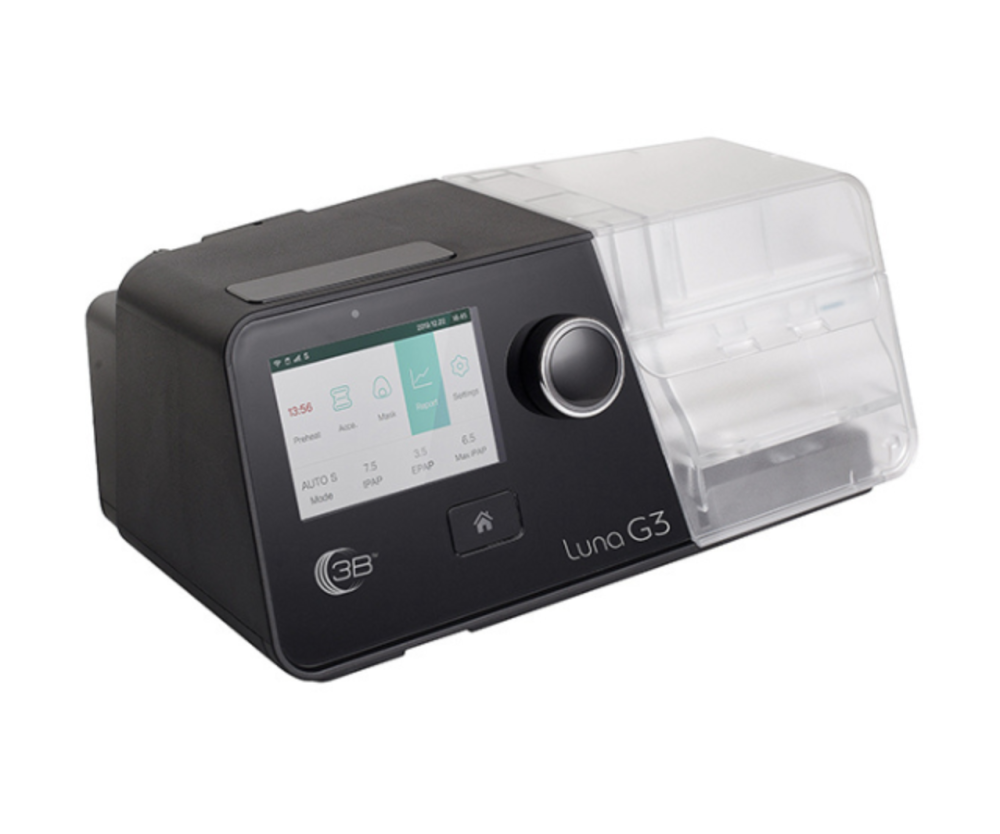

Do I Need A Prescription For A BiPAP Machine?
You’ll always need a prescription to get your PAP machine covered through insurance. Remember, these are medical devices meant to treat dangerous sleep disorders. Your prescription will need to specify the type of PAP machine and the pressure setting(s) specific to you in order to ensure that your treatment is safe and effective.
The same goes for those CPAP masks and supplies. Although some parts come standard with the machine and most are interchangeable regardless of BiPAP vs CPAP or even APAP, many times BiPAP therapy involves higher air pressure, so many BiPAP users prefer to use a full-face mask. Full-face CPAP masks seal over your mouth and nose, so they distribute the air pressure over a wider area than a nasal mask does. This can help to reduce occasional side effects like dry mouth, nasal irritation, or gassiness/bloating as a result of swallowing air. Such a distinction will need to be prescribed.
Aeroflow Sleep makes that part easy! Your personal Sleep Specialist will reach out to your doctor directly to obtain and confirm your prescription on your behalf. Then, our certified clinicians help you set up and adjust your device to your specific needs. From choosing your first BiPAP machine, to making sure you always have the right CPAP supplies, we’re with you at every step. All you have to do is fill out our easy qualifying form. We handle the rest!



